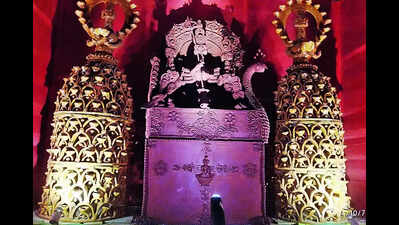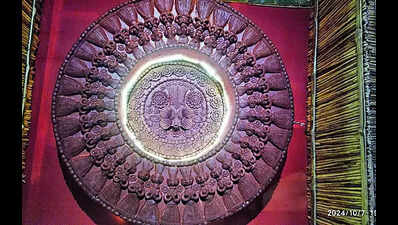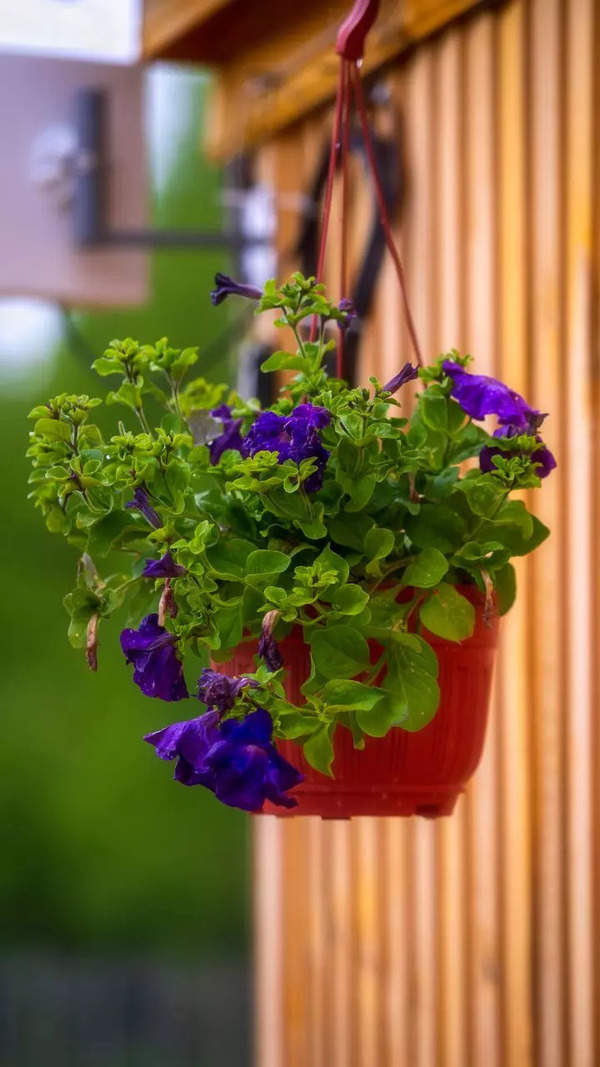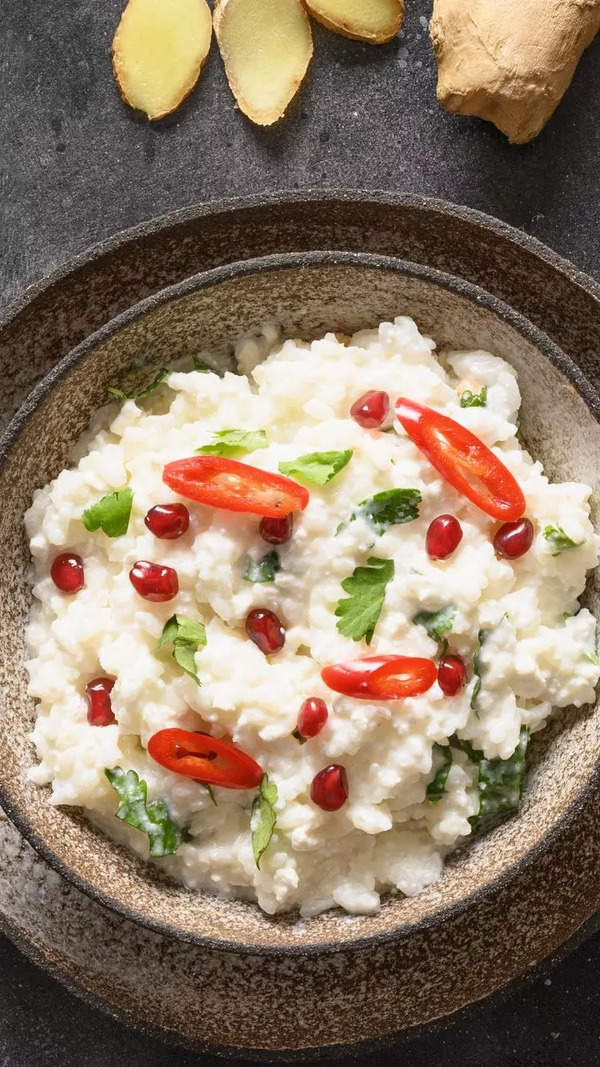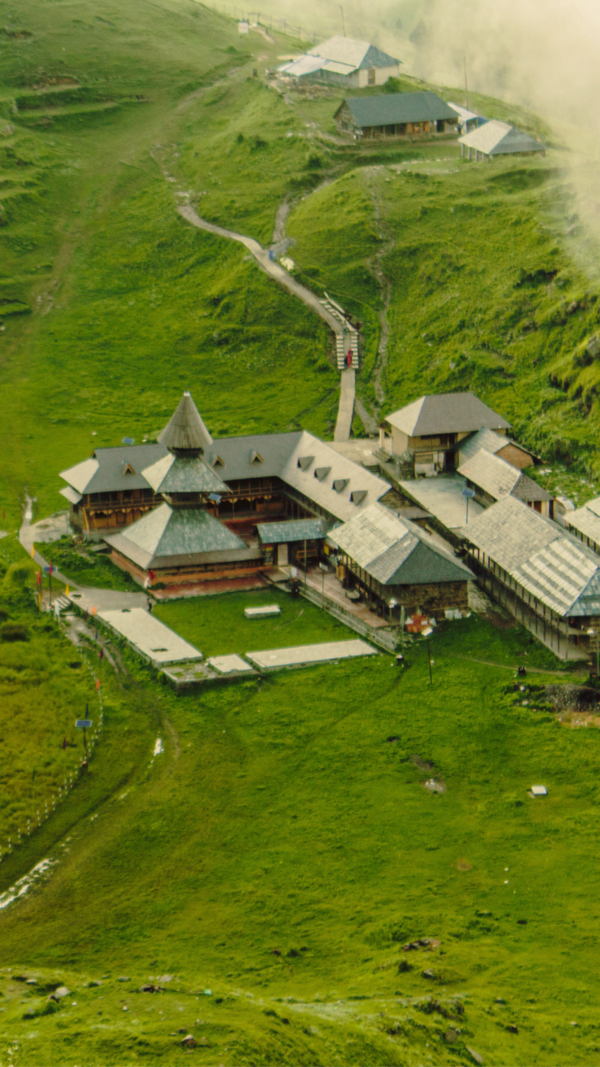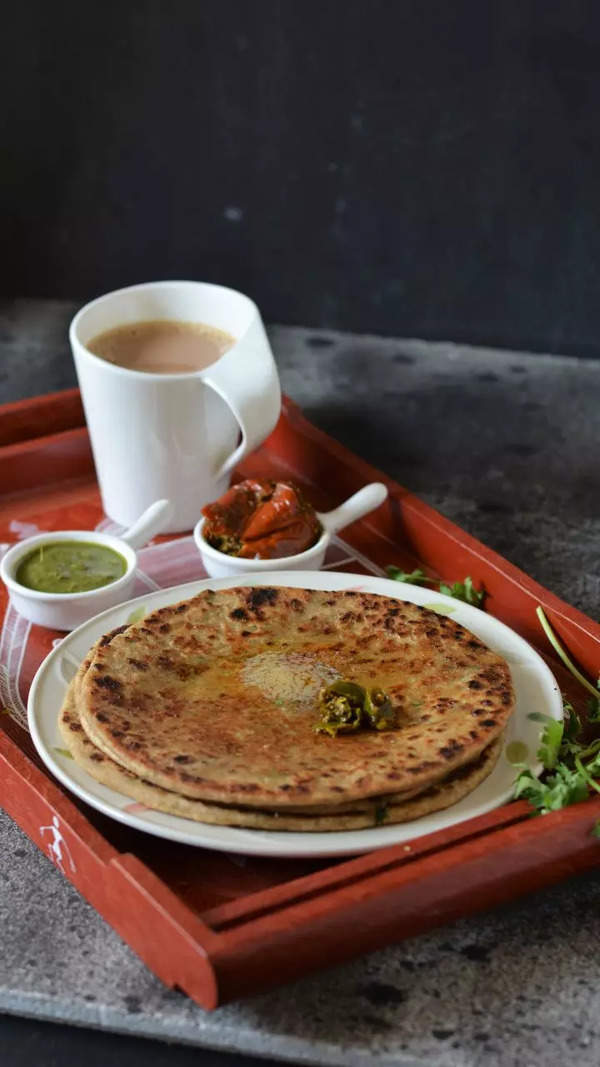- News
- City News
- guwahati News
- Puja Pandals Tell Terracotta Tales
Trending
Puja Pandals Tell Terracotta Tales

Hailing from Asharikandi village in Dhubri, known for its exquisite terracotta toys, these skilled artisans are masterfully depicting these styles in selected Puja pandals in and around Guwahati. This year, the Paul brothers have expanded their Hatima Gharana pattern to two puja pandals in Guwahati and one in Murshidabad, West Bengal. The iconic Hatima Putul, portraying a mother with unique elephant-like ears cradling a baby, is a quintessential feature of Asharikandi’s terracotta craft. The village, located near the West Bengal border in west Assam, is home to many families from the former East Bengal, with Hindu families dedicating themselves to pottery for centuries.

“In different parts of India, items of historical importance have been recovered, bearing a striking resemblance to the artifacts dating back to the Indus Valley Civilization era. Hatima Putul is one such pattern that echoes the craftsmanship of that ancient civilization,” Debdas said.
The Paul brothers’ mission aims to revive and preserve traditional art forms of great historical significance. They claim to be descendants of the illustrious Pala dynasty that once ruled the ancient kingdom of Kamarupa. Asharikandi has a thriving community of 153 families with 515 artisans, and the number of skilled craftsmen is growing alongside the increasing population.
“The absence of industries in and around our village has compelled even the younger generation to embrace this profession. In recent times, some of the Durga Puja pandals have graciously provided us with a platform to adorn their pandals with terracotta works depicting various forms of Devi Durga, thereby promoting this unique art form,” Debdas told TOI on Monday.
Life-size Durga idols have been meticulously crafted in two puja pandals in Guwahati, showcasing different mudras such as Nava Durga and six mudras where Devi is depicted emerging victorious over Mahisasura. While Debdas and Gokul have executed this task in Guwahati, Nikhil has ventured to Murshidabad, West Bengal, where he has brought Devi Durga to life using the same captivating Hatima Putul pattern.
This initiative promotes traditional art and ensures that these invaluable forms are passed down to future generations, connecting the ancient with the modern. Over two dozen artisans work alongside the three brothers, dedicating themselves to promoting this unique craft, which serves as their livelihood.
“Our craft is unparalleled and boasts a rich history. The people of West Bengal find it extraordinary, and the educated individuals, in particular, are eager to delve deeper into its historical roots,” Nikhil said with pride.
End of Article
FOLLOW US ON SOCIAL MEDIA
